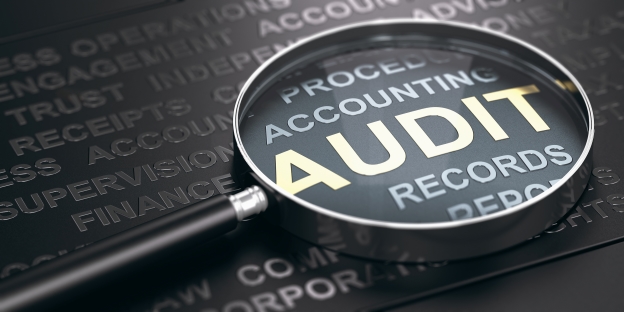
Upper management wants ESG audits to be merged with overall financial audit, to some members’ dismay.
Assistant treasurers (ATs) mulling renewals of their companies’ revolving credit lines next year compared notes in a recent meeting session on ESG-related issues, as those factors increasingly play a role in credit decisions—even if it’s unclear precisely how.
- One concern: There’s a push to merge ESG-related auditing with the overall financial auditing typically done by a Big Four accounting firm, a move the ATs frowned upon.
- And just what is up with the credit rating agencies ESG scores? Members expressed surprise at their methodologies’ lack of clarity.
Audit consolidation. One member noted his team’s satisfaction with Dun & Bradstreet as the auditor of the company’s sustainability report, but there’s a push from above to align the business with its financial auditor.
- “It’s just having a single face and a single focus for all the auditing work,” and reducing complexity, he said.
- A few other members acknowledged a similar push, with one peer predicting a general shift in that direction if the SEC requires ESG-related auditing.
- Scott Flieger, director, peer groups, at NeuGroup, drew attention to the SEC’s Asset Management Advisory Committee adopting on July 7 the recommendations of its ESG subcommittee regarding ESG disclosures by issuers.
- “Issuers will have their day in court, and this is just an advisory committee making suggestions to the SEC,” Mr. Flieger said. “But I think everybody would benefit from having clearer rules.”
Smaller auditors kaput? If the SEC requires more ESG disclosures, then the push to move ESG auditing under a company’s main financial auditor will only increase.
- “They’re already doing that body of work for all the company’s financial statements,” said one member. “Plus, the board will probably push for that as well.”
- Added another, “It’s just that you have to pay a premium to use the Big Four.”
ESG credit confusion. The rating agencies’ progress integrating ESG factors into their ratings has been in fits and starts, frustrating ATs looking for clarity about the impact on their companies’ credit—especially since the agencies say they’ve long incorporated ESG into ratings.
- One member noted recently receiving a report from Moody’s Investors Service on her company’s ESG rating. “From my perspective, it’s not very detailed,” she said, adding that surprisingly contrasts with the in-depth discussion on the topic her team had with Moody’s credit analysts a year ago.
Lowest common denominator. The AT added that the agency provides scores for each of the E, S and G categories, with a few subcategories for each.
- “And whatever your lowest score is the score for the category, so you could be excellent in all the subcategories except one, and that one will be your category score,” she said.
- Furthermore, there was little scoring differentiation between companies in the same sector. After a peer in a different industry acknowledged receiving the same feedback, she said, “It begs the questions: What’s the value in this? And how it going to be used?”


